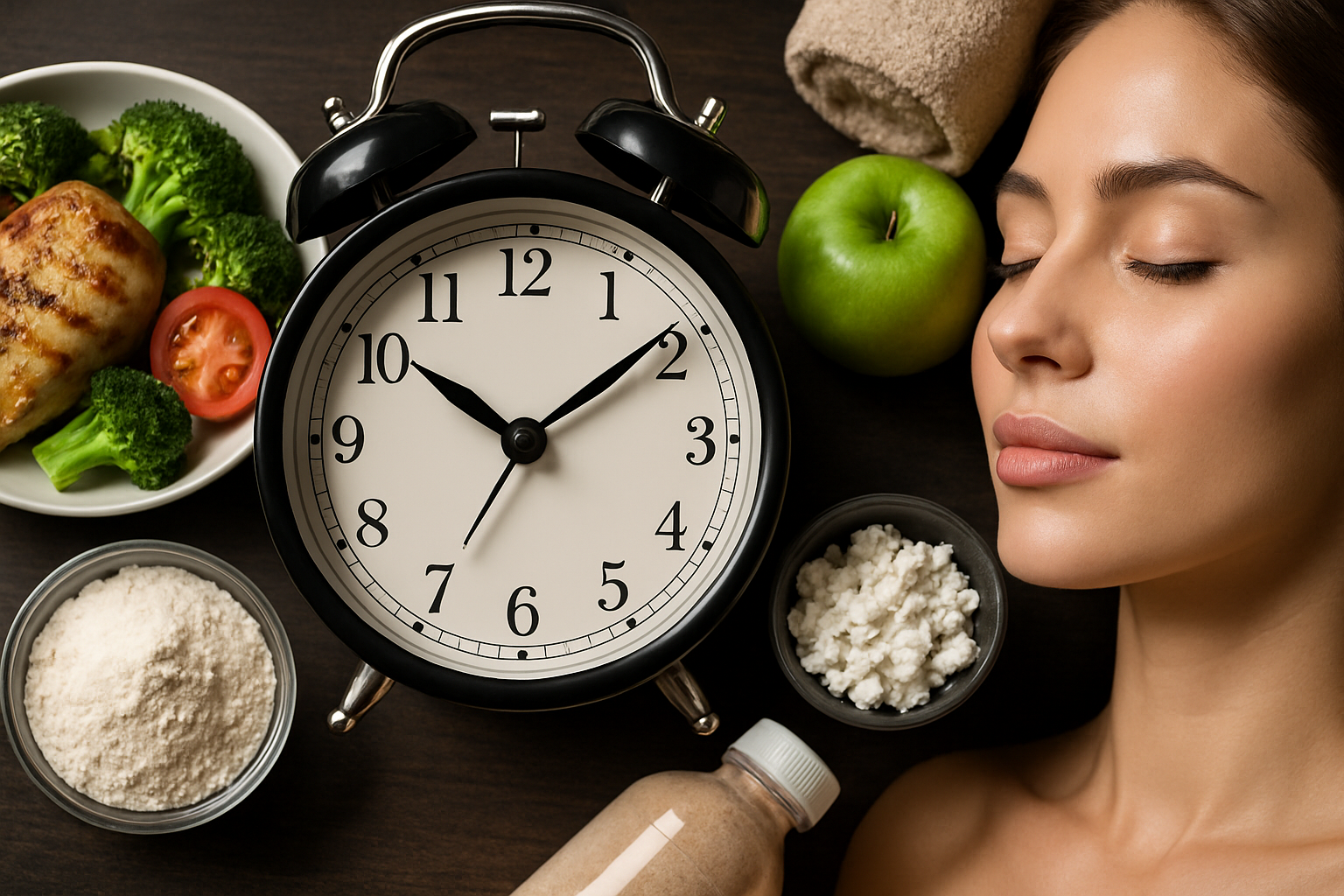Distribute daily calories to reduce postprandial blood sugar peaks
Distributing calories across the day can influence how your body handles glucose after meals. Small changes to when and what you eat—along with portion control, movement, and consistent scheduling—may help blunt sharp post-meal glycemia spikes and support steadier metabolism.

Distributing calories across the day with attention to timing and meal composition can help reduce sharp postprandial blood sugar rises. Adjusting when you eat, how large each portion is, and pairing carbohydrates with protein and fiber are practical strategies that may lower glycemia spikes for many people. These approaches work alongside individual factors such as circadian rhythms, activity level, and medication use.
This article is for informational purposes only and should not be considered medical advice. Please consult a qualified healthcare professional for personalized guidance and treatment.
How does circadian timing affect glucose after meals?
Our bodies follow circadian patterns that influence hormones and metabolism over 24 hours. Insulin sensitivity tends to be higher earlier in the day for many people, which means the same meal can cause a smaller glucose rise in the morning than at night. Aligning larger calorie intake with the phase of higher insulin responsiveness — for instance, allocating more energy earlier in the day — can be a practical approach to moderating postprandial peaks. Individual variability exists, so personal monitoring and gradual changes are advised.
How does meal timing influence glycemia and metabolic responses?
Timing meals to avoid long gaps or very late dinners helps stabilize blood glucose. Regularly spaced meals—often every three to five hours—can prevent extreme hunger that leads to large portions and rapid carbohydrate intake, both of which increase post-meal glucose excursions. The timing of carbohydrate intake relative to sleep and activity matters; consuming a major carbohydrate load just before bedtime may produce higher overnight glycemia than the same load earlier in the day.
What role do portion size and schedule play in glucose control?
Portion control directly affects the carbohydrate load presented to the bloodstream. Smaller, evenly distributed portions reduce the size of glycemic rises after eating. A consistent schedule that spaces calories across the day helps the body process glucose in manageable amounts, rather than dealing with intermittent large surges. Practical tools include measuring portions, using plate-based portioning (vegetables, protein, whole grains), and planning meals to avoid spontaneous overeating.
When should snacking or intermittent fasting be considered?
Snacking can be useful to prevent large meals and maintain energy, but unguided snacking on refined carbohydrates often increases glycemic variability. Choosing protein- or fiber-containing snacks stabilizes glycemia better than high-sugar options. Intermittent fasting or time-restricted eating may reduce overall exposure to glucose peaks for some people by shortening the eating window, yet effects vary and depend on timing, medication, and lifestyle. Both snacking and fasting should be tested carefully and discussed with a clinician when relevant.
How can exercise and insulin response reduce post-meal peaks?
Light physical activity after eating—such as a 10 to 30 minute walk—can lower postprandial glucose by increasing muscle glucose uptake. Regular resistance and aerobic training improve baseline insulin sensitivity over time, reducing the amplitude of glucose spikes. For people taking insulin or glucose-lowering medications, exercise timing and intensity should be coordinated with a healthcare provider to avoid hypoglycemia. Simple activity breaks after meals are a low-risk strategy to complement dietary distribution.
Practical schedule and portion tips for daily calorie distribution
Aim to front-load a larger proportion of calories earlier in the day and reduce caloric density at the last meal for many individuals, while tailoring amounts to personal energy needs. A workable pattern might include a substantial breakfast with protein and fiber, a moderate lunch, smaller dinner, and planned small snacks if needed to avoid overeating. Pair carbohydrates with protein, healthy fats, and fiber to slow absorption. Keep a simple weekly schedule and monitor responses with a glucose monitor or symptom tracking to refine timing and portions.
In summary, distributing daily calories with attention to circadian patterns, meal timing, portion sizes, and the balance of macronutrients can help reduce pronounced postprandial glycemia for many people. Combining these dietary strategies with appropriate movement and consistent scheduling supports steadier glucose control, bearing in mind individual differences and the need for professional guidance when medical conditions or medications are involved.




